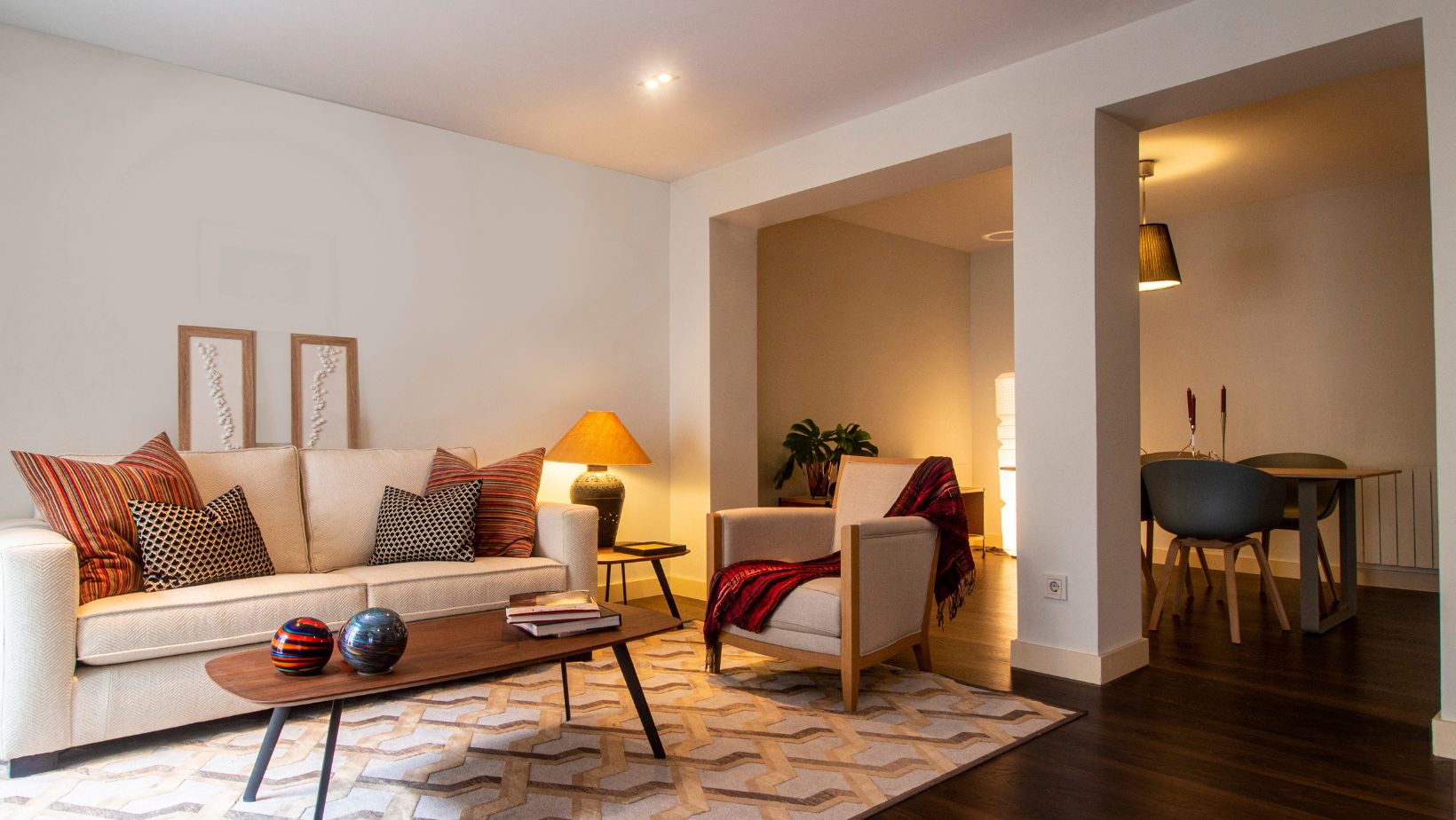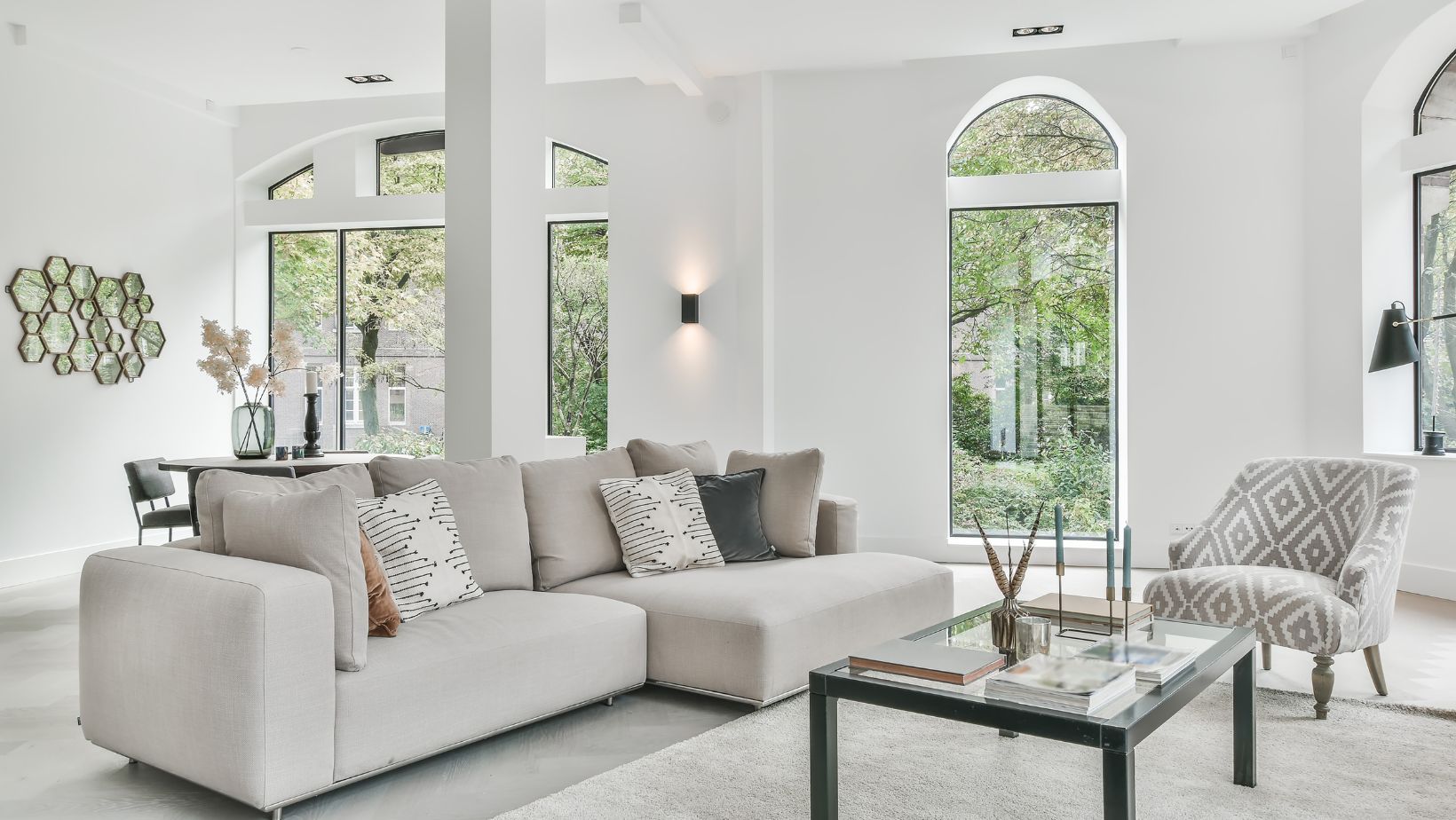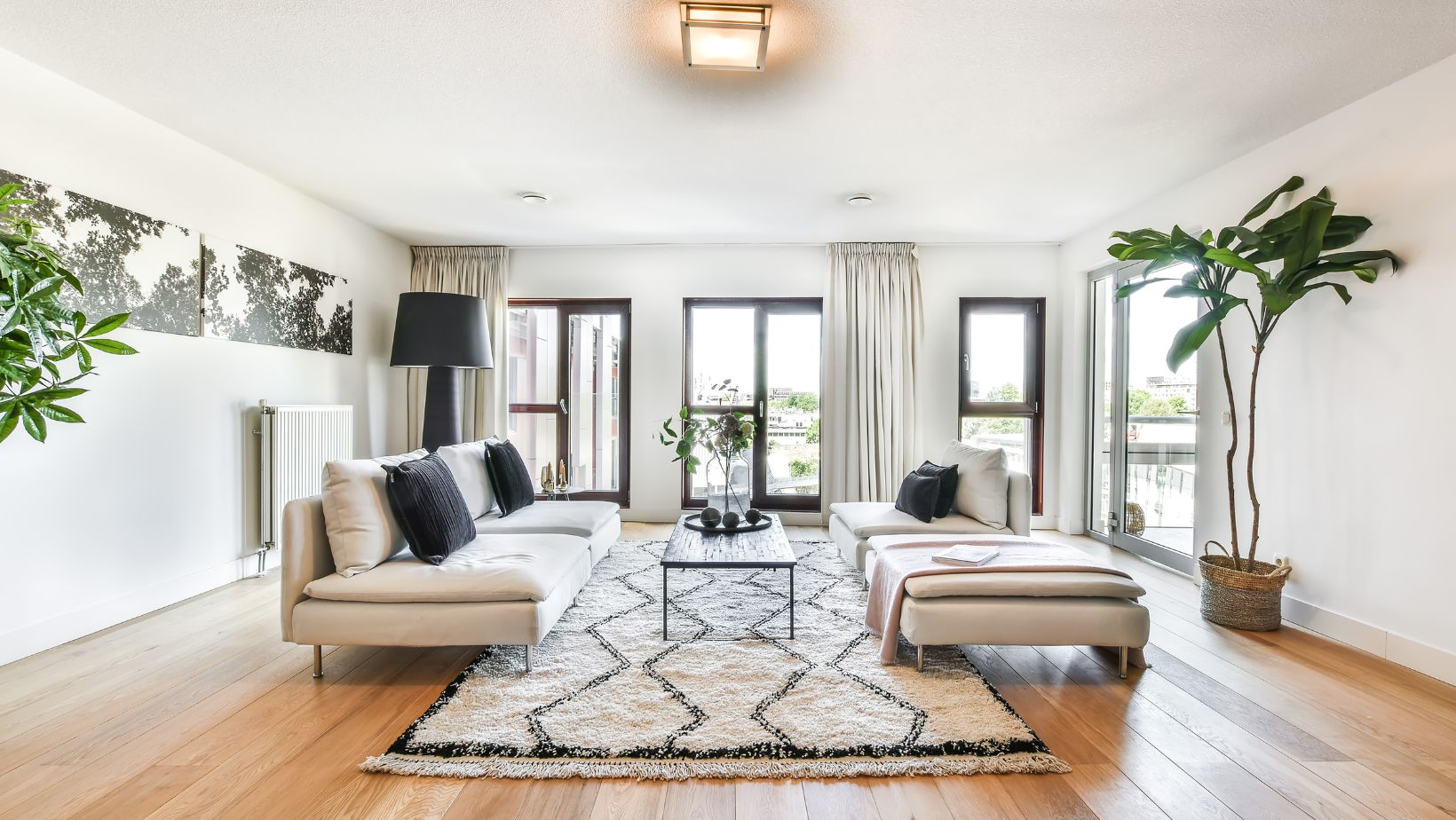
Victorian cornice is one of the components that most elegantly bridges the gap between the past and present in the art of interior design. Victorian cornices, characterized by their elaborate craftsmanship and unique profile, have embellished ceilings for generations, giving homes and other spaces a touch of classic elegance.
This article will explore how Victorian cornice can enhance the look of your room, bringing a sense of grandeur and sophistication to contemporary living.
Architectural Character
Victorian cornices are a defining feature of the 19th-century architectural movements. Its intricate curves and complex decorations give any space an air of grandeur and quickly give it personality.
Victorian cornices give your room a sophisticated architectural element and a hint of the past. An average room is transformed into a display of exquisite craftsmanship thanks to the minute details, which become a visual feast.
Creating Visual Interest
The change from walls to ceilings is a great place to add visual interest, yet it’s frequently ignored. The Victorian cornice shines in this capacity, acting as an ornamental border that pulls the attention higher.
The monotony of plain walls and ceilings is broken up by the dynamic visual impact of light and shadow interacting with the intricate patterns. This enhances the aesthetic appeal and makes the space feel cozier and more interesting.
Design Versatility
The adaptability of Victorian cornice designs is one of its most appealing aspects. It may be customized to match various design sensibilities because it comes in various sizes and patterns.

Whether the style of your room is eclectic, modern, or classic, a Victorian cornice design can fit in perfectly and make the whole thing look better. It serves as a connecting thread between contrasting design decisions, resulting in a harmonic and well-balanced room.
Scale And Proportion
The room’s magnitude greatly influences the size and style of the cornice. Victorian cornices work especially well in spaces with high ceilings because of their wider profiles. It gives the area a sense of proportionality and keeps it from feeling overwhelmingly large. A smaller cornice can nevertheless add to a room’s overall design without taking over when it comes to lower ceilings.
Materials And Durability
Plaster was used to create traditional Victorian cornices, which displayed the era’s skill. Contemporary materials like polyurethane provide a robust, lightweight substitute without sacrificing the traditional look.
This makes the cornice a useful and long-lasting addition to your space by facilitating a simpler installation process and ensuring its lifetime.
Highlighting Architectural Features
A well-placed Victorian cornice can draw attention to other architectural details in your space. The cornice becomes a subtle yet effective design element when it defines distinct functional sections, emphasizes a focal point, or frames a large fireplace. Its capacity to draw attention to and clarify particular aspects enhances an interior that has been carefully chosen and designed.
Ease of Installation
Victorian Cornice installation is now more affordable even if it still has an exquisite appearance thanks to modern production techniques. Homeowners can select from ready-made solutions or go with custom designs tailored to their needs.

Whether working with a professional or taking on a do-it-yourself job, the Victorian cornice’s transformational effect is guaranteed achievable due to its ease of installation.
Elevating Interiors With Timeless Sophistication – The Allure of Victorian Cornice
Victorian cornice is a design element that enhances the appearance of your room, not just a decorative accent. It adds value to any home with its timeless elegance, adaptability in design, and capacity to arouse a sense of visual curiosity.
Victorian cornices provide a touch of timeless sophistication. They are a tribute to the timeless appeal of architectural craftsmanship, whether you’re going for a classic, modern, or eclectic look.























